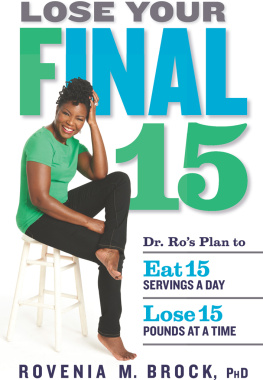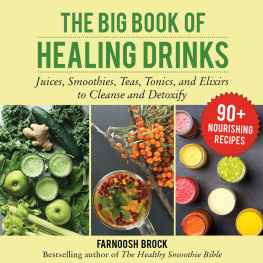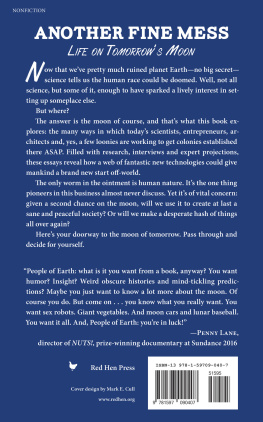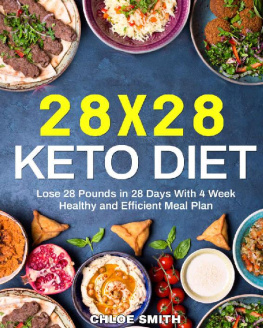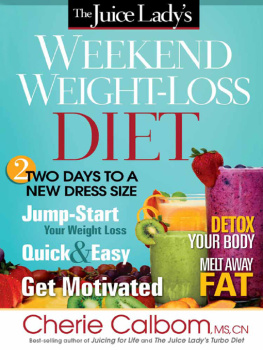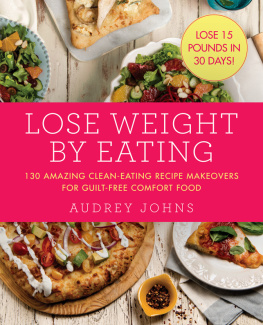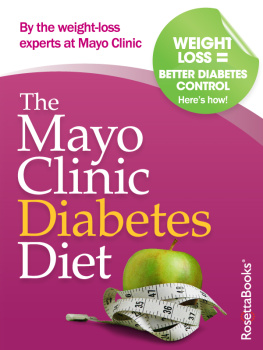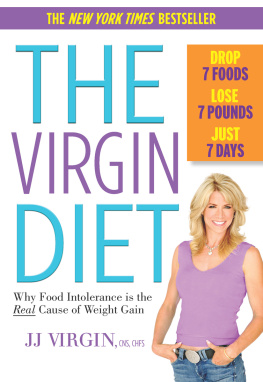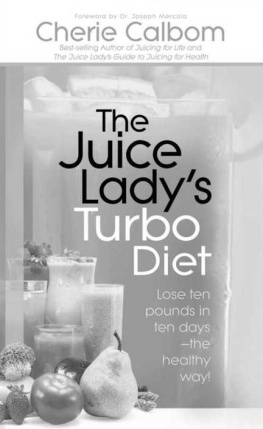

This book is intended as a reference volume only, not as a medical manual. The information given here is designed to help you make informed decisions about your health. It is not intended as a substitute for any treatment that may have been prescribed by your doctor. If you suspect that you have a medical problem, we urge you to seek competent medical help.
The information in this book is meant to supplement, not replace, proper exercise training. All forms of exercise pose some inherent risks. The editors and publisher advise readers to take full responsibility for their safety and know their limits. Before practicing the exercises in this book, be sure that your equipment is well-maintained, and do not take risks beyond your level of experience, aptitude, training, and fitness. The exercise and dietary programs in this book are not intended as a substitute for any exercise routine or dietary regimen that may have been prescribed by your doctor. As with all exercise and dietary programs, you should get your doctors approval before beginning.
Mention of specific companies, organizations, or authorities in this book does not imply endorsement by the author or publisher, nor does mention of specific companies, organizations, or authorities imply that they endorse this book, its author, or the publisher.
Internet addresses and telephone numbers given in this book were accurate at the time it went to press.
2016 by Rovenia M. Brock, PhD
All rights reserved. No part of this publication may be reproduced or transmitted in any form or by any means, electronic or mechanical, including photocopying, recording, or any other information storage and retrieval system, without the written permission of the publisher.
Before and after photos courtesy of Dr. Riggins, MASC
Book design by Christina Gaugler
Library of Congress Cataloging-in-Publication Data is on file with the publisher.
ISBN 9781623368012 hardcover
ISBN 9781623368029 e-book

We inspire health, healing, happiness, and love in the world. Starting with you.
RodaleWellness.com

For Larvenia L. Brock and Rosetta Hyman Lewis, who taught me by example that love is the single most emotion to sustain humankind. For my husband, Murray, who has loved me with an open heart unconditionally, without fail for 15 years.
For Della Bannister, a legend among nutrition professionals who modeled excellence professionally and personally and who saw in me a yearning to use what she taught me to be of service to others. You have a permanent place in my heart. RIP.
For Simba, my companion and our family in cocker spaniel form, a warrior who sees the good in all and who never gives up, even when others doubt what youre made of. You inspire me.
For the scores of you who struggle with weight issues and who search for solutions, may you know kindness in the face of judgment, love in the face of disdain, and progress over perfection always. It is my sincere hope that this work helps you to get closer to the life you envision. Together we can do this!

CONTENTS


INTRODUCTION
A lthough I didnt realize it at the time, I started writing this book when I was 9 years old. My mother, Larvenia Brock, had been diagnosed with stomach cancer the year I was born. She had fought it off for years, but by the time I was 9, she was dying. She made many visits to a hospital in Washington, DC, that year, and I often went with her. While she met with her doctors, I spent time with her friend Ruby Cavanaugh, one of the hospitals dietitians.
Mrs. Cavanaugh taught patients how to improve their health by changing their diets. She educated people with ailments such as heart disease, diabetes, kidney disease, and cancer about how their dietary choices could help themor hurt them.
As a child, I had only a vague understanding of Mrs. Cavanaughs work with sick patients. And I certainly didnt comprehend the complex relationship between diet and health. But looking back, I realize that during those visits with Mrs. Cavanaugh, I began connecting some very important dots. And I started to hear the faint whisper of my lifes calling.
My family ate a traditional Southern diet. We feasted regularly on deep-fried chicken, pork chops smothered in rich gravy, country ham, fried salt fish, hoecake, scrapple, chitlins, greens seasoned with fatback, potato salad smothered in mayonnaise, and a cornucopia of other dishes laden with fat, salt, and sugar. These foods brought us together; made from recipes passed down for generations, they represented our Southern culture and our family heritage.
Just as these Southern dishes were a part of the fabric of my childhood, so too was the presence of disease and disability. My grandparents, uncles, and aunts experienced a long list of health problems, including diabetes, hypertension, stroke, glaucoma, various kinds of cancer, and peripheral vascular disease, which my family called poor circulation. Many of my relatives, neighbors, and family friends were overweight or obese.
Looking back, it should have come as no surprise to me on the playground the day that a friend announced, My daddy had to have his legs cut off because of dia-bee-tees. Eventually, three of my maternal uncles would require limb amputations because of complications from peripheral vascular disease. At the age of 9, I started to understand, in a rudimentary way, that my communitys eating habits were killing them. That connection stayed with me during adolescence, and when it came time for me to decide what to study in college at Virginia State University, I chose nutrition.
In college, I learned the many ways in which food influences our health. I realized that my mothers diet and weight almost certainly contributed to her stomach cancer and her early death. I discovered why my uncles lost limbs to diabetes and peripheral vascular disease. And, with a very heavy heart, I came to understand how much suffering and death in my family and my community could have been postponed or prevented if someone had taught the people I loved how to eat a healthier diet.
Next page
